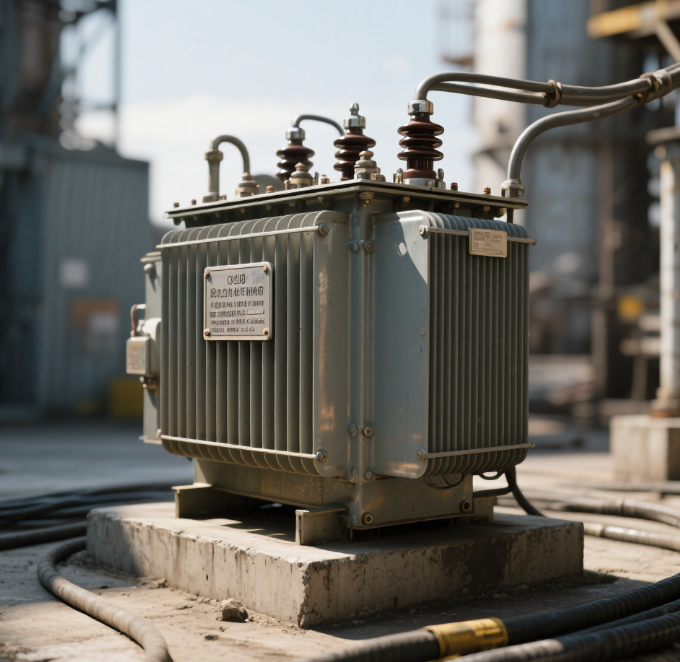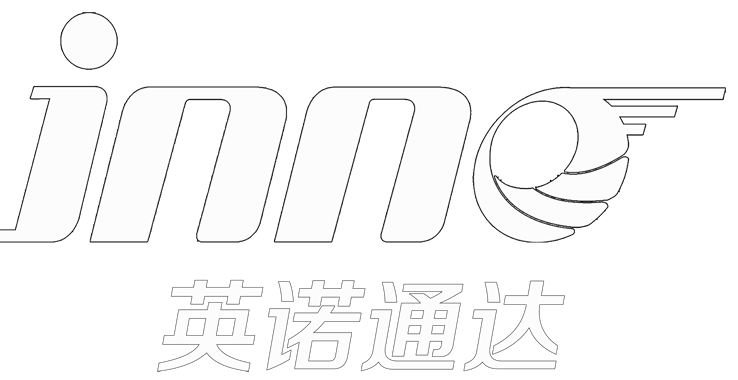Transformer temperature remote transmission device
Date: August 16, 2025 15:20:21
Oil-immersed transformer temperature telemetry device is used for real-time monitoring of transformer oil temperature (or winding temperature), and temperature signals are transmitted over long distances to the core components of the monitoring system, which mainly solves the problem that the traditional local temperature measurement cannot be remotely monitored in real time, and it is difficult to warn of overheating faults in time, and ensures the safe and stable operation of the transformer.

I. Core functions
- Accurate temperature measurement: Collects the temperature of critical parts of the transformer by means of built-in sensors (e.g. platinum resistance Pt100, thermocouples), with a focus on monitoringTop oil temperature(which best reflects the overall thermal state of the transformer) andWinding Temperature(directly related to insulation life), the temperature measurement accuracy is usually ±0.5℃~±1℃.
- signal transmissionConvert the collected temperature signals into standardized signals (e.g. 4-20mA analog signals, RS485/Modbus digital signals) with a transmission distance of up to 100-1000 meters (depending on the type of signal, digital signals have a longer transmission distance and are more resistant to interferences).
- Abnormal Alert / AlarmSupport preset temperature thresholds (e.g. oil temperature upper limit 105℃, winding temperature upper limit 140℃), when the temperature exceeds the limit, the device can output switching alarm signals (e.g. relay contacts), and at the same time, trigger the monitoring system pop-up windows, sound and light alarms.
- Data storage and traceabilitySome intelligent devices can locally store historical temperature data (e.g., temperature curves within 1 month), which can be retrieved through the monitoring system for fault analysis and O&M traceability.
II. Main components
| assemblies | Functional Description |
|---|---|
| temperature sensor | Core detection element, direct contact with the oil or winding (winding temperature is often calculated indirectly by "oil temperature + load current"), commonly used Pt100 platinum resistors (high precision, good stability). |
| signal processing unit | The weak signals (e.g. resistance changes) collected by the sensors are amplified, filtered and converted into standardized telemetry signals (analog/digital). |
| transport module | Responsible for signal transmission over long distances, the analog signal module is weakly anti-interference (need shielded wires), the digital signal module (such as RS485) is strong anti-interference, support for multi-device networking. |
| Display / Control Unit | Some units come with a local LCD display for real-time temperature viewing, as well as built-in control functions such as threshold setting and alarm reset. |
| power module | Provide stable power supply, usually support AC220V or DC24V, some compatible with wide voltage input (AC85-265V) to adapt to the site power grid fluctuations. |
III. Comparison of common signal types
Different signal types are suitable for different field environments and monitoring systems, and the selection should be combined with the transmission distance and anti-interference requirements:
| Signal Type | transmission distance | anti-interference | specificities |
|---|---|---|---|
| 4-20mA analog signal | 100-500 meters | Weaker (shielded wire required) | Mature technology and high compatibility, suitable for point-to-point transmission of a single device, unable to directly transmit multiple temperature parameters. |
| RS485/Modbus digital signal | Above 1000 meters | Strong (differential transmission) | Supports multi-unit networking (up to 32/256 units), and can simultaneously transmit multiple sets of data such as temperature and alarm status. |
IV. Key selection parameters
- Temperature range: Normal and fault temperature of the transformer needs to be covered, usually selected - 20℃~150℃ (oil temperature), 0℃~180℃ (winding temperature).
- signal output: Selected according to the interface of the monitoring system (e.g. 4-20mA is commonly used in DCS systems, RS485 is commonly used in intelligent systems).
- protection classIP65 and above for outdoor or wet environments, IP54 for dry indoor environments.
- Accuracy ClassIndustrial grade is usually 0.5 grade (error ≤ 0.5%), and 0.1 grade can be selected for important occasions.
- Power Adaptation: Matches the field power supply (AC220V, DC24V or wide voltage) to avoid voltage fluctuations that can cause malfunctions.
V. Typical application scenarios
- Remote temperature monitoring of 110kV/220kV oil-immersed power transformers in substations.
- Real-time temperature measurement and fault warning for large oil-immersed distribution transformers in industrial plants (e.g. steel, chemical).
- Centralized monitoring system for oil-immersed transformers supporting new energy power stations (wind power, photovoltaic).













